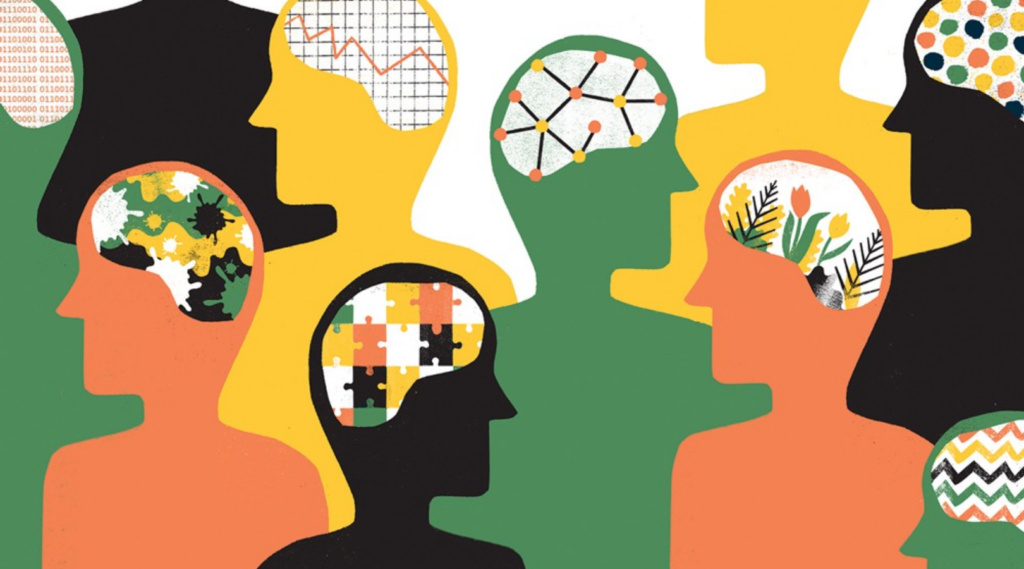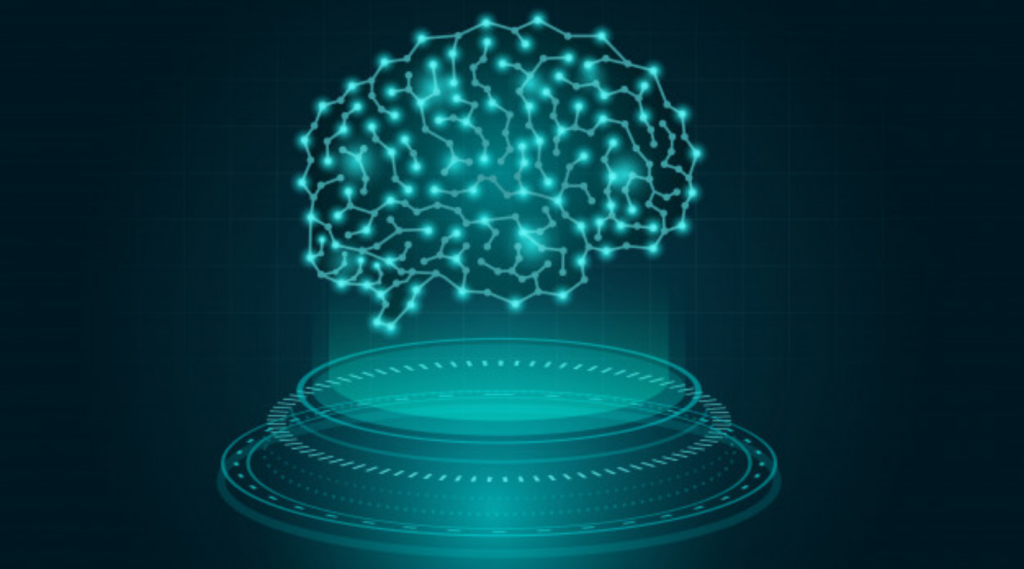Background
Neuromarketing is described as the “new frontier of market research”. In this piece, we will break down any seemingly complicated barriers that exist in the field and present tangible examples relating to areas of application.
Neuromarketing refers to a form of research but differs entirely from traditional market research. Neuromarketing is the scientific study of how the brain responds to a given stimulus (e.g. Advertisements or Branding)
Where traditional market research seeks feedback from the respondent retrospectively, ultimately relying on memory & falling victim to response biases. Neuromarketing uncovers and reveals precisely how the respondent feels at any given point within the test while identifying what exactly it was that caused this emotional trigger.
If behaviour is public, and thoughts are private. What are emotions? Neuromarketing uncover the motivating factors behind all three
History of Neuromarketing
During the 1990s, the introduction of Functional Magnetic Resonance Imaging (fMRI) explored the correlations between marketing stimuli and consumer brain activity, then in 2002, the term ‘Neuromarketing’ was first published. However, it wasn’t until 2004 that Neuromarketing garnered mainstream attention following the release of an academic study by Neuroscientist Read Montague.
In an attempt to settle the debate on which product was better, Coca-Cola vs. Pepsi, Montague used fMRI to measure consumers’ brain responses during a blind taste test. Pepsi had been shown to outperform Coca-Cola during blind taste tests, Montague however, concluded that his respondents altered their preference to Coca-Cola when the brand was revealed because their brains were recalling ideas and affinities from Coke’s advertising campaigns, and the emotions attached with the brand were so strong that they had the ability to override the product’s actual quality.
What is Neuromarketing?
Fast forward to 2021, and neuromarketing still holds the key to vast amounts of untapped potential. The process itself involves the scientific study of the nervous system using brain activity measurements and/or biometric technologies that measure consumer response to certain stimuli, whether that’s a T.V /digital ad, website or app, product design etc.

The possibilities are endless, essentially all interactions create an emotional response, meaning they can act as a stimulus for Neuromarketing analysis.
The technologies to carry out this type of testing include testing formats such as EEG (electroencephalogram), Eye-Tracking, Galvanic Skin Response (GSR), and Facial Coding.
Breaking Down the Technology
As mentioned, neuromarketing isn’t strictly centred around measuring brain activity, it also includes a range of biometric technologies, which focus on attention, emotional arousal, and emotional experience.
Eye-Tracking Technology
In Eye-Tracking, the objective is to understand what attracts attention? What gets ignored? What order are they noticed? How do they perform when compared to others?
Eye-Tracking is used by brands and researchers to decipher information about eye movements and fixations that expose attentional processes, compare group behaviour, measure stimuli-induced visual responses, and much more.
For example, brands may implement Eye-Tracking to better understand customer experience and product performance by measuring visual attention to key messages in product advertisements, placement and branding, package design, and more.
This can be achieved in three formats:
- Screen-Based Analysis: Respondents undertake testing on a digital screen in a controlled environment
- Real World Analysis: Respondents will wear Eye-Tracking glasses to carry out the analysis in a real-world scenario
- Virtual Reality: Eye-Tracking analysis is integrated into a Virtual Reality simulation in order to analyse & interpret respondent gaze patterns within Virtual Reality.
Galvanic Skin Response (GSR)
In emotional situations, bodily processes are triggered automatically: The heart beats faster, the pulse rises, hands become sweaty. To put it bluntly: While we are physiologically or psychologically aroused (in fear, extreme joy or under stress), we start to sweat.
One of the most sensitive measures of arousal is Galvanic Skin Response (GSR) or Electrodermal Activity (EDA).
Emotional experiences trigger changes in autonomic arousal ultimately changing the conductivity of someone’s skin. Which in layman’s terms means, when we feel an emotion, we sweat.
GSR reflects the variation of electrical characteristics of the skin, which is induced by a change in perspiration levels.
With minimal preparation times and clean-up, skin conductivity is recorded non-invasively using two electrodes placed on the skin, typically on the wrist with sensors attached to their fingers, detecting electrodermal activity on the skin.
In simple terms, GSR acts as an indicator of the presence of an emotion, but does not label what this emotion is or whether they are positive or negative as both can generate similar levels of skin conductivity.
It can only identify that you are in a heightened or lowered state of emotional arousal, which is why GSR acts as a strong complement to other testing formats.
Facial Coding
Facial coding allows for the measurement of human emotion through facial expressions by testing a stimulus intended to elicit emotional arousal & facial responses. With facial expression analysis you can test the impact of any content, product or service.
We ‘wear our heart on our sleeve’, right? Wrong, we wear it on our face.
One of the strongest indicators for emotions is our face. As we laugh or cry we’re putting our emotions on display, allowing others to glimpse into our minds as they “read” our face based on changes in key face features.
Computer-based facial expression analysis mimics our human coding skills quite impressively as it captures raw, unfiltered emotional responses towards any type of emotionally engaging stimuli. As part of facial coding, these emotional states are detected in real time using fully automated computer algorithms that record facial expressions as part of a timeline.
There are 7 core emotions to be measured, joy, anger, fear, disgust, contempt, sadness and surprise and 20 facial expression measures (action units) for analysis.
Facial Coding detects the presence of a face and identifies its facial landmarks and behavioural indices such as head orientation and attention.
The output measures provide probability values to represent the likelihood that the expected emotion is being expressed. Summary scores of engagement and valence are also provided, giving you an overview of the overall expressed response.
Examples of Facial Coding in action may include performing a set task on a website, while a webcam records their facial expressions, showing respondents an ad / creative work and measuring their facial expressions to determine the emotional response at key moments. Or even exposing them to a claim about a product / service to interpret their facial response.
The analysis can then be used to determine what emotions the participant was feeling at any point during the task.
Why is Neuromarketing Used by Brands?
People tell you what you want to hear
Consumers are generally unpredictable, they tell you they like your product but then don’t go out and buy it, why is that?
The subconscious is what drives people’s behaviour. The vast majority of the time we are not even aware that we are making certain decisions. For example, how many times have you gone to the supermarket with a set shopping list only to make impulse purchases that you don’t need?
We make subconscious decisions based on emotion without even realising it. Neuromarketing can measure these emotions to interpret their impact on desired outcomes (e.g. buying behaviours).
The Case of New Coke
There have been several examples of brands acting on definitive data gathered from traditional marketing research with adverse outcomes.
In 1985, Coca Cola was losing its market share (Hyperlink) to Pepsi which had been promoting the fact that consumers preferred Pepsi over Coke when blind tested. Coca Cola decided to improve the taste by changing its formula, they came up with New Coke.

Over 200,000 people taste-tested New Coke, the majority of people preferred New Coke over the original Coca Cola, and more importantly, people preferred it over Pepsi. Working off this data, they decided to launch New Coke. It didn’t go how they imagined, very quickly people began protesting and demanding they switch back to the original Coke and people began hoarding the original Coca Cola.
So how can 200,000 people be wrong? What did they miss?
What they disregarded was that people have a strong emotional connection to the brand. Coke was marketed as a “feel-good experience” which involves thoughts, feelings and memories.
Remember Montague’s study on Coke Vs Pepsi, he demonstrated what Coke disregarded back in 1985. By revealing the branding during the blind taste-test, Montague showed that people make decisions based on feelings and memories rather than rationality.
How to Capture Attention
Can you ensure people will focus on certain elements of an ad?
Trying to capture attention is built around certain designs and triggers. A study conducted in Australia shows how two slightly different variations of the same ad can result in highly different outcomes. The study was performed on how people view baby ads with 106 subjects. They used eye-tracking technology to measure the direction and duration of the subject’s eye movements. The image below measured activity for a single user. (In both cases, the respondents started viewing the ad in its centre.)

When the subjects were presented the ad with the baby looking straight ahead, the heat map shows that viewers concentrated on the baby’s face and paid less attention to the headline and ad copy.
When the baby is positioned to look at the ad’s headline, both the copy and headline receive significantly increased attention.
The takeaway message from this is to make sure you don’t deter people from the focus of the ad, centre the creative process around the message.
Key Learnings
Neuromarketing has become the next step in the evolution of market research. By uncovering the true emotional response to a stimulus, it is possible to eliminate the risk of response bias and strip away the guesswork from your work.
Neuroscience technologies allow researchers to truly understand consumer behaviour like never before and in doing so, optimise every element of the consumer experience.
Traditional market research only scratches the surface when it comes to truly understanding your consumer. But by combining neuro testing and biometric technologies, it allows brands to dig deeper into the mind of the consumer to understand why and how thoughts, feelings and memories affect behaviour.
With 95% of our decisions being made unconsciously, it seems like a no-brainer to further explore this field.
If you are interested in applying neuromarketing to your business contact us here .






